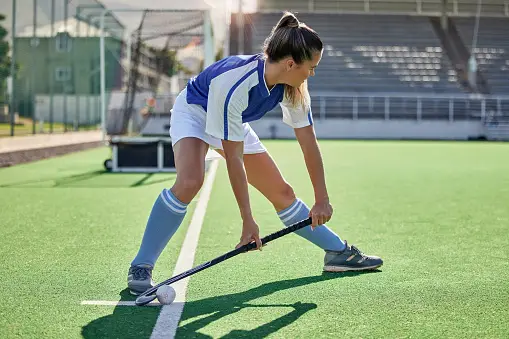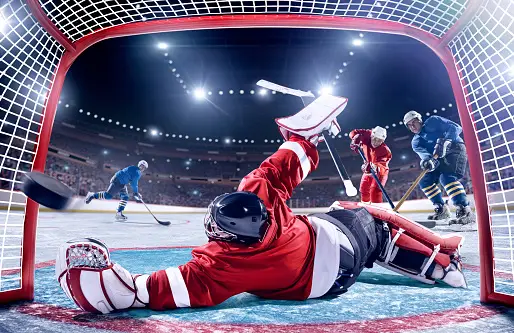Hockey rebound boards are an essential training tool for players looking to improve their skills on the ice. These boards offer a wide range of benefits, from sharpening your shooting accuracy to enhancing your passing and receiving abilities.
In this article guide, we’ll dive deep into the world of hockey rebound boards and provide you with expert tips on how to use them effectively. Whether you’re a novice or a seasoned pro, mastering the art of rebound board training can take your game to the next level.
What Are Hockey Rebound Boards?
Hockey rebound boards, also known as shooting boards or passing boards, are flat, rectangular surfaces typically made of synthetic materials. They are designed to mimic the natural rebound effect that occurs when a puck strikes the boards during a game.
The Benefits of Using Rebound Boards
- Improved Shooting Accuracy: Rebound boards help players develop pinpoint accuracy by offering consistent bounce-back, allowing you to target specific areas of the net.
- Enhanced Passing Skills: Practicing passes against the boards can sharpen your passing accuracy and control.
- Better Stickhandling: Rebound boards encourage quick reflexes and precise stickhandling, as you must react to unpredictable rebounds.
- Off-Ice Training: They provide an excellent off-ice training option, allowing players to work on their skills anywhere.

Choosing the Right Rebound Board
Size and Material
When selecting a rebound board, consider the size and material that best suits your needs. Smaller boards are ideal for individual training, while larger ones are excellent for team practice sessions. Synthetic boards are durable and provide consistent rebounds.
Angles and Adjustability
Look for boards that offer different rebound angles and adjustable settings. This versatility allows you to customize your training sessions to match your skill level and specific training goals.
Setting Up Your Rebound Board
- Secure Placement: Ensure the board is stable and securely positioned to prevent any accidents during training.
- Distance from the Board: Start at a comfortable distance from the board and gradually increase the distance as you become more proficient.
Effective Training Techniques
Shooting Drills
- Target Practice: Focus on hitting specific areas of the net repeatedly to improve your shooting accuracy.
- One-Timers: Practice one-timer shots to enhance your quick-release skills.
Passing Drills
- Saucer Passes: Work on saucer passes to develop a soft and accurate passing technique.
- Bank Passes: Practice bank passes to improve your ability to utilize boards during gameplay.
Stickhandling Drills
- Puck Control: Use the board to practice tight puck control and quick maneuvers.
- Reaction Training: Develop quick reactions by incorporating unexpected bounces into your stickhandling routine.

Advanced Training Tips
Incorporating Obstacles
Introduce obstacles or defenders to your training sessions to simulate real game scenarios and increase the difficulty level.
Video Analysis
Record your training sessions and analyze them to identify areas for improvement and track your progress.
Conclusion
Incorporating Croc hockey 5s rebound boards into your training regimen can significantly elevate your skills as a hockey player. These versatile tools offer various training opportunities, from shooting accuracy to passing finesse and stickhandling prowess. Remember to choose the right board, set it up correctly, and follow effective training techniques to make the most out of your training sessions.
FAQs
1. Are rebound boards suitable for players of all skill levels?
Yes, rebound boards can benefit players of all skill levels, from beginners to professionals. They offer versatile training options to match your specific needs.
2. Can I use a rebound board for goaltender training?
While rebound boards are primarily designed for skaters, goaltenders can also benefit from practicing their puck-handling skills against them.
3. Are there any safety precautions to consider when using rebound boards?
Ensure that the rebound board is securely positioned to prevent any accidents. Always wear appropriate protective gear during training.
4. How often should I incorporate rebound board training into my routine?
The frequency of rebound board training depends on your goals and availability. Regular practice, at least a few times a week, can yield noticeable improvements.
5. Can I use a real puck with a rebound board?
Yes, you can use a real puck with a rebound board, but make sure to check the manufacturer’s guidelines to ensure the board is suitable for this purpose.







